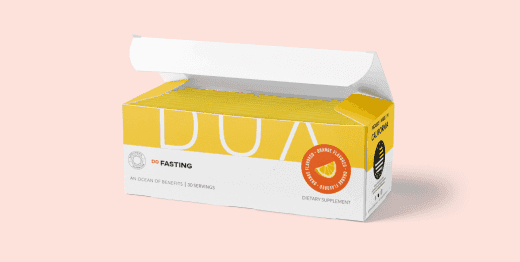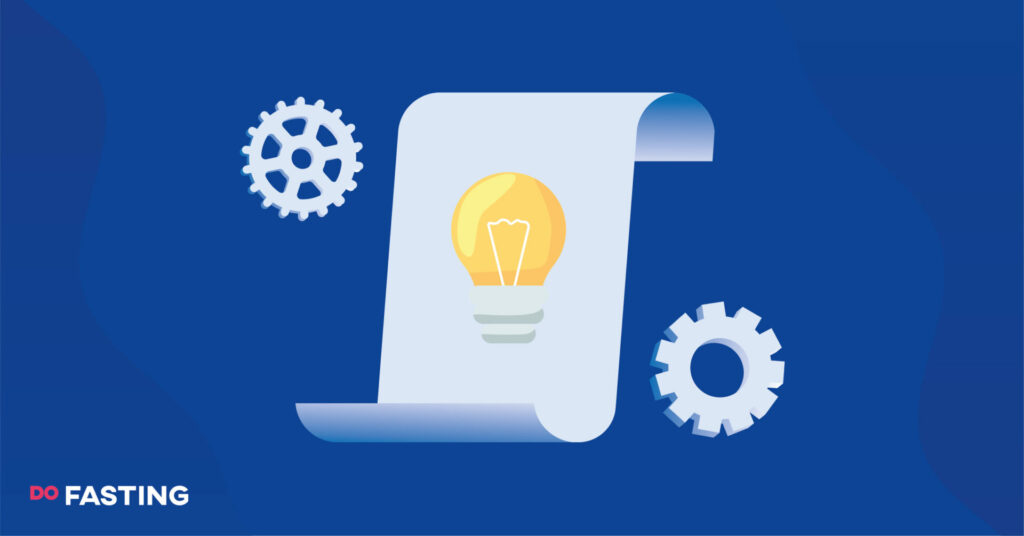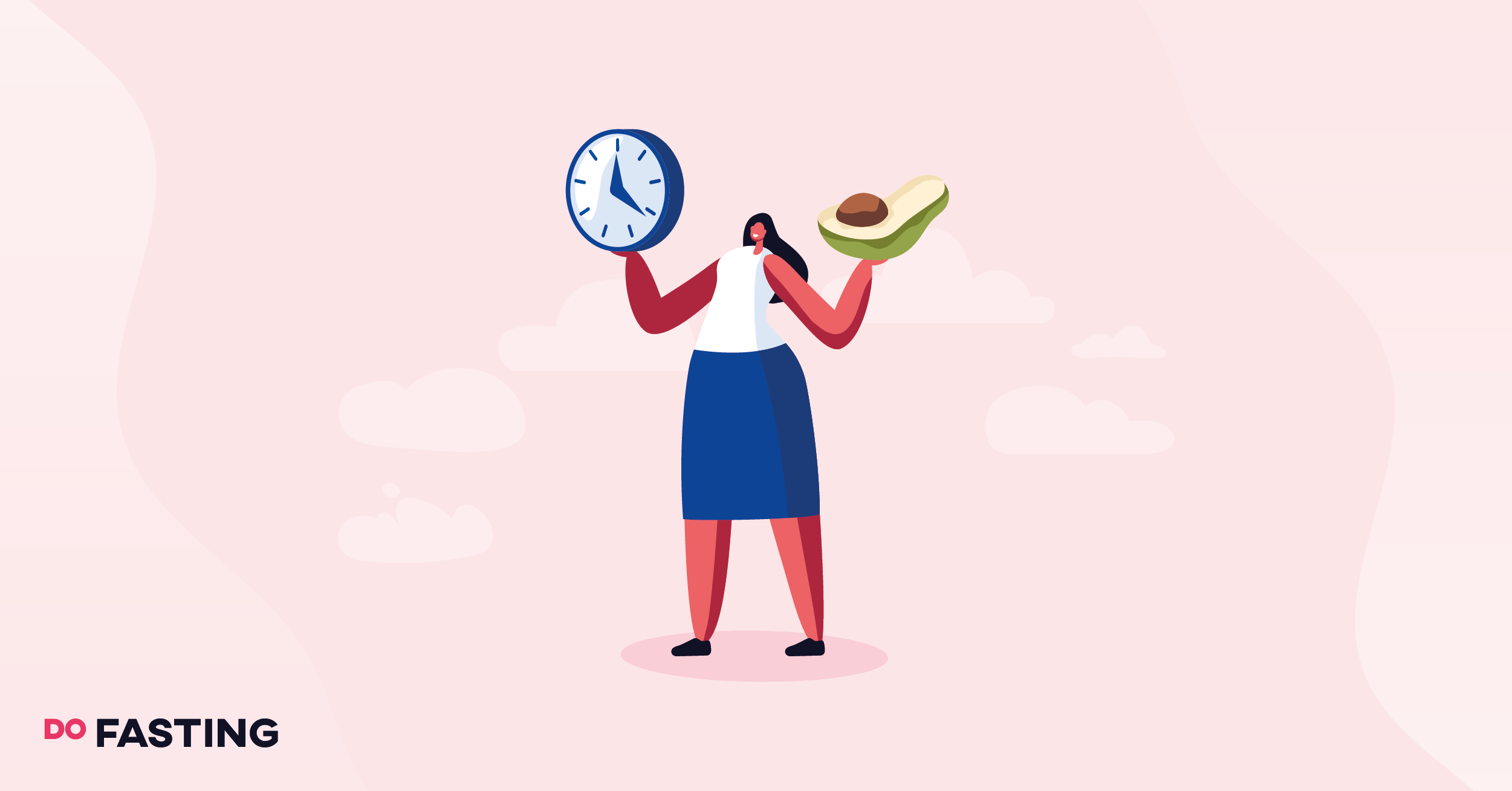Contents
How Does the Dukan Diet Work?
At its core, the Dukan diet is a high-protein, low-carb, low-fat diet. The eating plan, designed by former French general practitioner Pierre Dukan, is split into four phases.
It focuses on proteins and vegetables and consists of 100 foods that participants can eat freely. The concept is that a high-protein diet can help you lose weight quickly.
The Dukan diet is among several low-carb diets and has some similarities with the Atkins and keto diets, which all require a restriction on carbs. However, the high-protein Dukan diet differs.
The keto diet focuses on a diet consisting of up to 80% fat and only a moderate protein intake. Dukan keeps fat intake to a minimum.
In terms of the Atkins diet, the Dukan diet is a little less restrictive. There is no rule for counting calories, carbs, or macros. It emphasizes natural foods and low-fat products, while Atkins recommends certain packaged foods and allows unlimited fats.
Lastly, as there is no counting involved, there is no limit to how much you can eat, as long as you only eat foods from the list.
Take a
1-minute quiz
and discover how much weight you can lose with DoFasting!
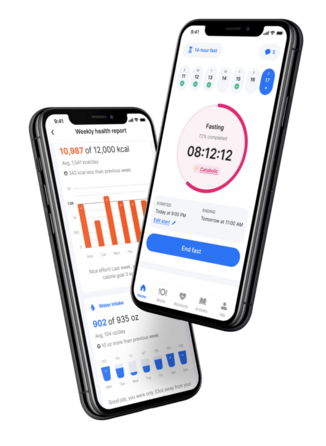
The evidence behind the diet
There is little evidence to support the Dukan diet. It appears that much of the Dukan diet claims are based on trends rather than science. Therefore, it is difficult to determine the likelihood of people succeeding and reaching their goal weight.
Ultimately, the eating plan centers on a high-protein intake. High-protein diets are associated with weight loss because protein can reduce hunger, increase satiety, boost metabolic rate, and preserve and build lean muscle mass.
The Dukan diet differs from many high-protein diets because it severely cuts carbs and fat. It is difficult to compare the results from general high-protein diets with Dukan diets because it almost eliminates the other essential macronutrients.
So, while a high-protein diet can help you lose weight, unfortunately, the specific features of the Dukan diet lack targeted research.
How To Start the Dukan Diet in 4 Phases
Dukan dieters travel through four phases; the attack phase, the cruise phase, the consolidation phase, and the stabilization phase.
The idea is that the Dukan method offers an eating program beyond losing weight. The consolidation and stabilization phases are committed to maintaining your new weight.
Before the phases begin, you must calculate your “true” weight using your age, current weight, and weight loss history. Your true weight is a realistic weight you can reach and maintain for life.
Let’s take a closer look at the four phases of the diet.
1. The attack phase
The attack phase is the first phase of the diet that jumpstarts your journey. It involves eating pure protein from the 100 foods list, 68 of which are pure proteins. The goal of the attack phase is immediate and significant weight loss.
The theory is that the sudden change in eating habits from switching to a high-protein diet triggers rapid weight loss.
How long the attack phase lasts depends on factors including your age and how much weight you want to lose. Most people will remain in the first phase for 2-5 days. But for those looking to lose more than 40 pounds, the phase can last up to 7 days.
During this phase, a person can eat animal protein from the 68 foods listed in unlimited quantities. These lean protein sources include poultry, beef, fish, eggs, and fat-free dairy products.
Aside from eating only lean protein, you can eat 1.5 tablespoons of oat bran per day to incorporate a small number of carbs and get some daily fiber.
Drinking water is essential, and the diet recommends that a person drink 6-8 cups of water per day.
The high-protein, low-carb diet can bring your body into a state of nutritional ketosis. Ketosis is the metabolic switch in which your body begins burning fat. When carbohydrate levels are low, your body no longer has its usual access to glucose for energy.
Instead, it makes compounds called ketones and taps into fat stores as an alternative fuel source.
2. The cruise phase
The cruise phase reintroduces vegetables to the diet, alternating between pure protein days and protein and vegetable days. As 32 of the foods listed are vegetables, you can now consume all items on the list. The goal of the second phase is steady weight loss.
Again, the duration of this phase depends on how much weight you want to lose. The idea is to lose one pound every three days, so people can remain in this phase for as long as it takes to lose the target number of pounds.
You can eat as many protein-rich foods as you desire on a pure protein day. On a protein/vegetable day, you can eat unlimited amounts of non-starchy vegetables, such as artichoke, spinach, and green beans. You can now eat two tablespoons of oat bran daily.
3. The consolidation phase
The consolidation phase no longer focuses on losing weight but on how to prevent weight gain. The aim is to preserve your healthy weight after completing the first two phases.
This part is less restrictive than the previous phases and allows you to reintroduce starchy foods. It lasts five days for every pound lost.
In the first half of the consolidation phase, you can eat:
- A serving of fruit per day
- Two slices of whole-grain bread per day
- 1.5 ounces of hard rind cheese
- One serving of starchy food per week
- One celebration meal per week
In the second half, you can alter your diet with two servings of fruit per day, two servings of starchy foods per week, and two celebration meals per week.
4. The stabilization phase
The stabilization phase is the fourth and final phase of the program. It is a long-term plan that promotes sustainable and permanent weight loss.
To maintain your weight as part of a new healthy lifestyle, you must adhere to the following rules:
- Eat three tablespoons of oat bran per day
- Take the stairs as often as possible
- Have a pure protein day every Thursday
Take a
1-minute quiz
and discover how much weight you can lose with DoFasting!

Allowed Foods
Other than eating oat bran daily and the specific exceptions in the consolidation and stabilization phases of the diet, the Dukan diet focuses on only two food groups; lean protein and non-starchy veggies.
You can eat protein from the following sources:
- Lean meat: Lean beef, venison, veal, pork tenderloin, reduced-fat bacon, and extra-lean ham
- Lean poultry: Skinless chicken and turkey, chicken liver, fat-free turkey and chicken sausages
- Vegetarian proteins: Tofu, tempeh, seitan, soy foods
- Fat-free dairy: Cottage cheese, cream cheese, milk, and Greek-style yogurt
- All kinds of fish and shellfish
- Eggs
The 32 non-starchy veggies include:
- Artichokes
- Asparagus
- Bean sprouts
- Beets
- Broccoli, Brussels sprouts, cauliflower, cabbage, turnip
- Carrots
- Celery
- Cucumbers
- Eggplant
- Spinach, kale, lettuce, endive, rocket, watercress
- Mushrooms
- Okra
- Onions, leeks, shallots
- Peppers
- Pumpkin
- Radishes
- Rhubarb
- Squash, spaghetti squash, zucchini
- Tomato
Foods To Avoid
Potential success with the Dukan diet relies on the person eating the allowed foods. Before attempting this weight loss diet, here are some of the foods you must eliminate:
- Bread (except in the third and fourth phases where you are permitted two slices of whole-grain bread)
- Pasta and rice
- Legumes
- Fruit (until the later stages, excluding bananas, grapes, cherries, and figs)
- Full-fat cheese, milk, and butter
- Fatty meats
- Nuts
- Starchy veggies like potatoes and corn
- Avocados
- Sugar
Does the Dukan Diet Help With Weight Loss?
Following a high-protein, low-carb diet may help you lose weight. Therefore, the Dukan diet can promote weight loss based on research into protein diets.
Consuming more protein than the recommended daily allowance is associated with reduced body weight and enhanced body composition by reducing fat and preserving fat-free mass.
Protein also aids weight loss as it reduces the hunger hormone ghrelin levels and increases GLP-1 concentrations that promote satiety.
Additionally, slashing your carbohydrate intake tricks your body into burning fat (ketosis). Fat burning leads to weight loss.
According to the Dukan diet, you can expect to lose 4-6 pounds in the first week during the attack phase and 1 pound every 3 days during the cruise phase (2 pounds per week).
Losing 1-2 pounds per week is considered safe weight loss. The initial phase that sees people lose weight rapidly is not a safe pace.
Other Health Benefits
There is not enough evidence to identify the specific benefits of the Dukan diet. But as the diet promotes weight loss, the possible benefits are likely associated with the general advantages that losing weight brings to your overall health.
These possible benefits include:
- May reduce your risk of certain diseases: Losing weight can reduce your risk of developing chronic diseases, including cardiovascular disease, stroke, diabetes, and certain cancers.
- May improve health conditions: Losing 5-10% of your total body weight may improve blood pressure, cholesterol, and blood sugar.
- Improved heart health: Living with excess weight increases your risk of heart disease. Losing weight can improve your overall heart health.
- Better sleep: Shedding excess pounds can improve sleep quality. And it works both ways, as good sleep health can enhance weight and fat loss.
The Drawbacks of the Dukan Diet
Eliminating and restricting certain food groups from your diet can pose health risks. In fact, any form of restrictive eating can potentially cause problems. Before attempting a new diet, you should always consult your doctor.
Here are the drawbacks of Dr. Dukan’s diet:
The yo-yo diet effect
Due to the food restrictions, following the Dukan diet may cause a yo-yo effect. Yo-yo dieting refers to weight cycling, where you lose and regain the weight.
Adhering to a strict eating plan with forbidden foods may cause some people to develop cravings, leading to binge eating and other disordered eating.
Nutritional deficiencies
A significant disadvantage of the Dukan diet is that it may trigger a nutritional deficiency. Research has shown many nutritional abnormalities in the food intakes of Dukan dieters. Adopting the diet in the long term poses health concerns, including kidney disease and liver disease.
Restricting many foods can make it almost impossible to obtain adequate nutrition. And as the diet lacks fiber and healthy fats, you’re immediately missing out on the essential benefits they bring.
Due to the no-vegetable days in the early phases, you’re cutting out dozens of essential vitamins and minerals.
You may be able to avoid a deficiency by taking dietary supplements during the program.
Adverse effects of low-carb diets
Low-carb diets have several common side effects, including headaches, constipation, and fatigue. They stem from the sudden reduction in carbs and are often labeled as keto flu symptoms as they occur soon after your body enters ketosis.
Most people can alleviate keto flu by drinking plenty of water, replacing lost electrolytes, and increasing fat intake if following the keto diet.
Is the Dukan Diet Safe Overall?
The overall safety of the Dukan diet is questionable as professionals are yet to study the diet itself properly. As listed above, there are some major health concerns of the diet, especially in the long term.
We can only assume the effectiveness of this diet by focusing on the main principles. It is high in protein and low in calories and, therefore, a potentially effective weight loss diet.
However, you cannot ignore the nutrient restrictions from banishing certain foods. As a strict and somewhat complicated diet, the Dukan diet does not appear to be a safe and sustainable solution to long-term weight management.
Choosing Intermittent Fasting Instead for Faster Weight Loss
If you’ve grown tired of fad diets, opt for intermittent fasting. Intermittent fasting is scientifically proven to help reduce weight and boost overall health. It’s an eating pattern that emphasizes when you eat rather than what you eat.
While intermittent fasting requires food abstinence for set periods, you can still maintain a healthy diet outside the fasting windows. There are no skipping macros, and you can enjoy a well-balanced, nutrient-rich diet during the eating windows, so you don’t miss out on vital nutrients.
The Dukan diet limits many foods, including fruit and vegetables, in some stages. It also cuts out healthy fats which have heart-health-promoting properties. In forbidding certain foods, you’re more likely to develop cravings and break your eating plan.
Are you interested in intermittent fasting? Get started with the 12/12 fast, a beginner-friendly strategy to introduce you to the fasting world. You can adjust the fasting window as soon as you adapt.
You can use the DoFasting app for continuous virtual assistance to manage your new eating pattern. It makes your fasting journey easier by guiding you in whichever intermittent fasting method you choose.
Take a
1-minute quiz
and discover how much weight you can lose with DoFasting!

Conclusion
Is the Dukan diet for you?
While it could enable you to lose weight at a fast pace if you follow the rules, the science isn’t there to commend the diet itself.
If you want a safe method of losing weight, it’s best to follow an eating program that doesn’t place severe restrictions on essential macronutrients. A good diet doesn’t focus on weight loss alone, but on the benefits it brings to your overall health and wellness.
See how DoFasting will improve your life
Find out what works for you with this 60-sec quiz approved by our experts and get your personal revolutionary fasting assistant.
Start the Quiz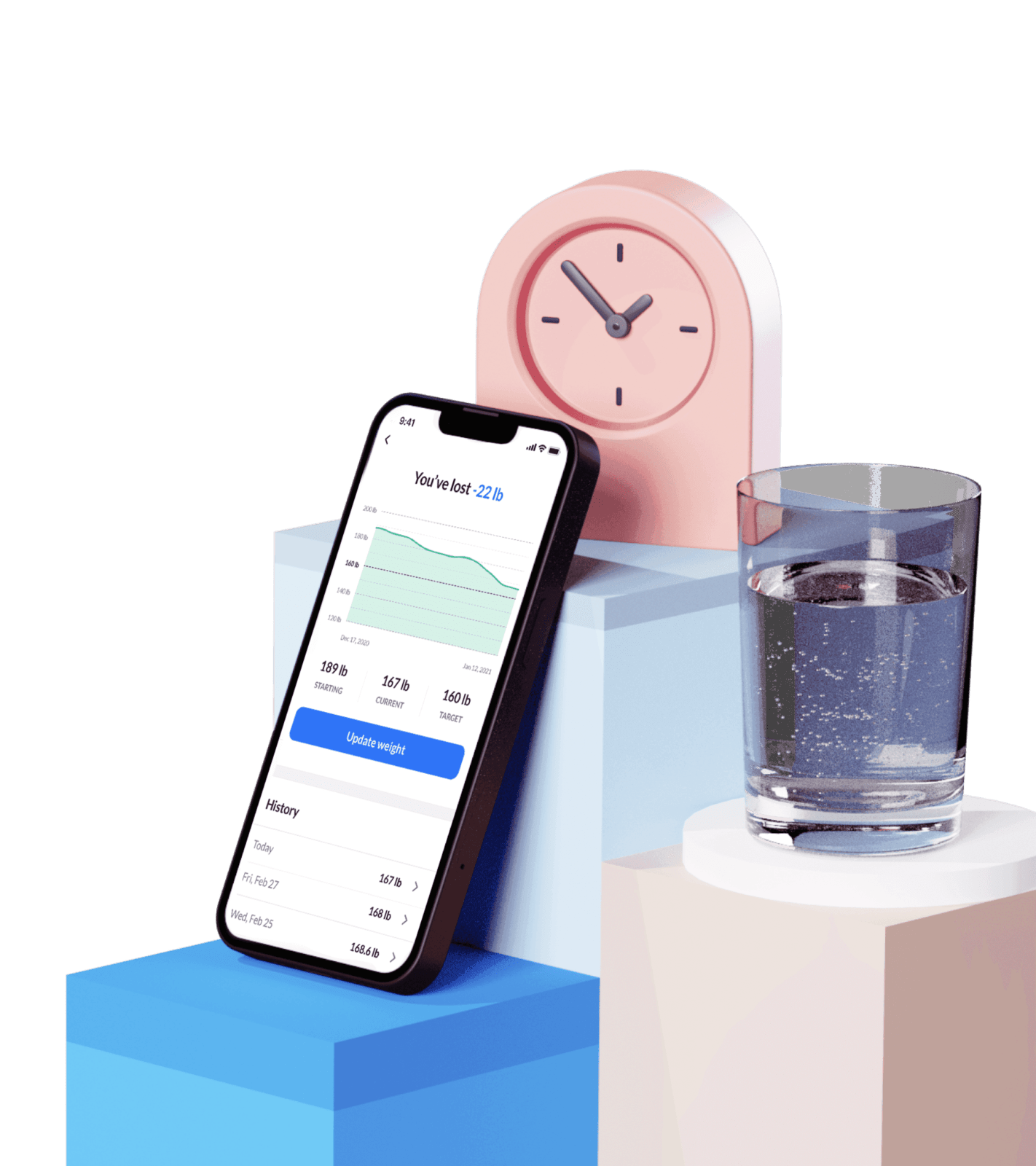
This is an evidence-based article that includes scientific citations. DoFasting’s professional writers and editors prepared the content, which a team of medical experts verified to be accurate.


